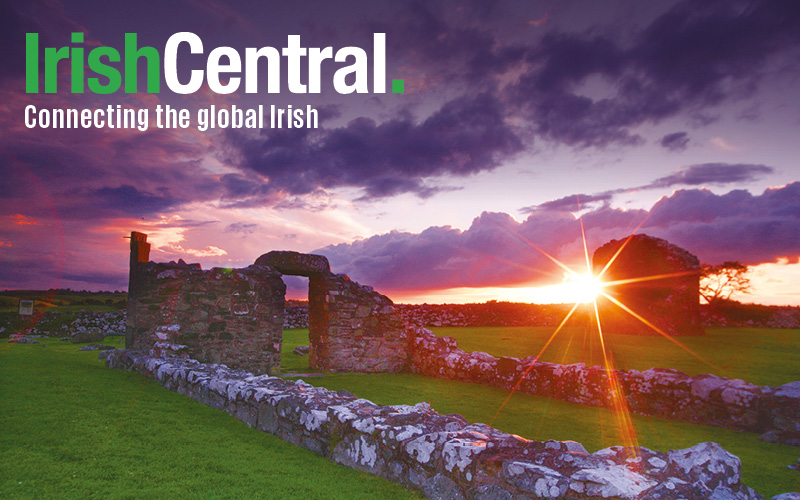Irish and UK television audiences were riveted by a hard-hitting Channel Four documentary at the weekend that revisited the long-ignored massacred at the Ballymurphy estate in West Belfast in 1971.
Back then Ballymurphy was an isolated and intentionally deprived Catholic ghetto that the British Army considered a hotbed of republican activity.
The new documentary, The Ballymurphy Precedent, takes its name from the fact that most if not all of the 11 deaths that happened there were carried out by members of Britain’s Parachute Regiment.
The army shootings happened less than six months before Bloody Sunday, when the same notorious regiment shot 13 unarmed people dead in Derry’s Bogside, in a day that proved to be pivotal to the Troubles that followed.
But as the new documentary reminds us over three days in 1971 the Paras shot ten people in the West Belfast estate, all of them unarmed and standing on open ground, including a priest, and a mother of eight children. Several of the dead were shot more than once, some were shot several times at close range.
Social media in Ireland and the UK erupted with scorn and anger after the broadcast, with the majority of posters wondering why they had never heard of this story or these victims before?
It turned out there was a good reason for that. The true story got lost in the chaos following the introduction of internment and through the bluntly propagandistic news reports that changed the narrative to blame the victims.
Just as they would do after Bloody Sunday, the British army immediately released false statements describing the victims as gunmen and terrorists. Those statements, despite a mountain of contradictory evidence, have never been retracted.
But the circumstantial evidence that it was indeed was a massacre is horrendous. Daniel Teggart, one of the victims, was shot fourteen times with most of the bullets entering his back execution style as he lay injured on the ground, the documentary tells us.
Official autopsy reports reveal that several of the victims were shot in the back as they ran away from the paratrooper's gunfire. Ten of the victims died of their gunshot wounds, and an eleventh victim died of a heart attack after a member of an armed Para patrol shot his gun over his head.
The scale of the massacre was concealed from the public by the wider chaos that accompanied the introduction of internment when 342 were arrested, three were shot dead and 7000 were left homeless as Belfast burned.
The film is called The Ballymurphy Precedent because it reflects on the Paras deadly conduct almost six months before they would fire on innocent people on Bloody Sunday. Would that history changing massacre in Derry have happened if they’d been held to account for what they had done in West Belfast the film asks?
In some ways what happened at Ballymurphy was even worse than Bloody Sunday the new documentary suggests, because it was a sustained attack that unfolded over three days. Given that fact, no one could reasonably claim that the army was caught up in a moment of chaos because their actions were clearly considered and directed.
Following the broadcast the Unionist Irish language activist Linda Ervine posted on Twitter: “Before watching The Ballymurphy Precedent I had no knowledge of what took place all those years ago. A terrible wrong has been done.”
It was the devastation of the families left behind that made the most impact on viewers. After 47 years the rawness of their grief was still completely undiminished. For them, it wasn't a long time ago, it was yesterday, and it was their loved ones, and the gross injustice still rankles.
Joan Connolly went in search of her daughter when all the trouble started, taking shelter from the army gunfire by a gable wall with a group of men.
There she witnessed 20-year-old Noel Phillips get shot and she went immediately to his aid. She was a woman, she believed the army wouldn't shoot her, her family told the filmmakers.
But they did shoot her. A bullet went through her eye and according to local witnesses took “half her face off.” Three more bullets followed and the army let her lie on the ground bleeding to death from 9 P.M. to 3.15 A.M because, as their statements say, “She was already dead.”
Joan Connolly left behind eight young children and one grandchild. Laughably, one soldier said she had carried a pistol, and another said the mother of eight had a rifle and was crawling along on her stomach like a sniper.
No weapons were ever recovered at the scene. The truth is finally being told.
Read more: What Queen Elizabeth thought meeting ex-IRA leader Martin McGuinness




Comments